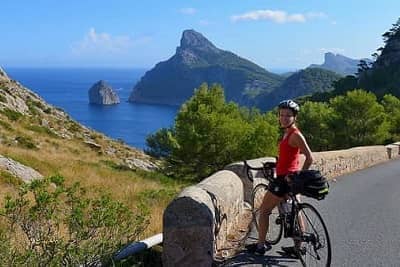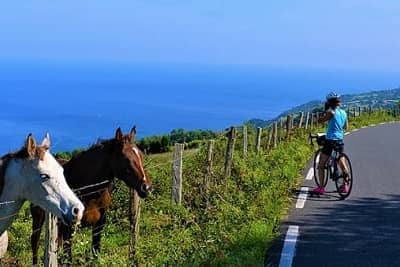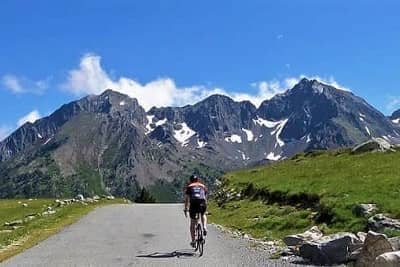How to Make a Touring Bike Faster
As we get passed by some Lycra'd up roadie on a sleek 6kg racing machine, it can be hard for us cycle tourists not to feel a bit of envy and frustration at times.
'I could keep up if it were not for my knobbly tires and ludicrously heavy Brooks' saddle', we tell ourselves.
We comfort ourselves with the fact that he is not carrying two spare inner tubes and a selection of spare t-shirts. We feel smug that we will soon be tucking into a delicious pie or sandwich, while he forces down another 'green apple' energy gel. Deep down, however, we really want to be able to go a bit faster as well.
If you only ride on roads it is better to put on tyres that are fully slick. You just don't need all that extra grip and puncture protection for riding on paved surfaces.
Don't try to too far though. Fitting road bike tyres on your tourer can be a recipe for disaster when you encounter the inevitable gravel sections, or feel like taking a short cut through a forest. As with everything in the world of cycle touring, there is always a trade off between comfort, practicality, cost and speed.
Tyres are a relatively easy fix for this issue. We have found Schwalbe's Marathon Mondial to be a nice compromise for doing a mixture of on and off road riding. But there are many other great possibilities depending on your riding style and terrain.
By replacing a flat handlebar with drop bars, you can give yourself the option to assume the aero-dynamic position on your tourer. For the most part you can sit upright and enjoy the view, but on those less enjoyable days with a strong headwind, you can get low down and power through with much less wind resistance.
They enable you to ride with a smoother pedal action and, once you have the position well set up, they can help to prevent knee pain or other niggling injuries which might slow you down.
Practice well before you set out on the road with them though, and get mentally prepared for a few embarrassing falls at traffic lights or, worse, when stopping for your pub lunch!
A well fitting cycling jersey will do the job fine; or, on a colder day, a softshell rainjacket is great as long as it doesn't flap around like a parachute.
For cycling shorts lycra is the most comfortable option. A lot of tourers wear shorts on top, which is fine. But, for speed, again make sure that they don't flap around too much.
Do you really need to carry three litres of water with you, or could you take one bottle and fill it up on route? Is it necessary to be carrying a four man tent just for yourself? And why do you have ten bananas in your panniers? Don't they have shops anywhere along the route?
Depending on where exactly you are touring, you may need all the extra weight. But if you are in most of Europe, particularly somewhere like Spain, it is usually very easy to stock up with necessary food and drink along the route.
Some modern bikepacking set ups get buy with very little gear, relying on ultralight equipment. There is often a trade off between weight and comfort on your trip though, it's up to you to find the happy medium.
Firstly, the stronger frame makes it much better than a road bike for carrying any kind of load. In addition to this, the more upright position makes it better for admiring your surroundings (we presume that you tour to see interesting things). Lastly, the drive train on a decent touring bike is often built to withstand getting bashed about more than one on a road bike, which is designed to perform at high speeds, while being as light as possible.
So, a touring bike has clear advantages to use for long distance trips where you are lugging your gear around with you. If, however, you wanted to know how to keep pace with some slicker looking machines, now you know how to.
If you are interested in exploring Spain and France on guided or self-guided cycle tours, please have a look around our website for details of what we offer, or contact us if you would like any further information.
For more articles and information, check out our cycle touring section.
We comfort ourselves with the fact that he is not carrying two spare inner tubes and a selection of spare t-shirts. We feel smug that we will soon be tucking into a delicious pie or sandwich, while he forces down another 'green apple' energy gel. Deep down, however, we really want to be able to go a bit faster as well.
Turbo charging your tourer
There are several things that you can do to improve your speed on a touring bike. While such improvements might not enable you to keep pace with in shape roadies, they can still turn your plodding tourer into a pretty pacy machine. Here are our top five adjustments to customize your tourer.1) Re-invent the wheel
Well, not the whole wheel, but at least look into changing your tyres. Most tourers come with slow and heavy touring tyres, which are a cross between mountain bike knobblies and razor thin road tyres.If you only ride on roads it is better to put on tyres that are fully slick. You just don't need all that extra grip and puncture protection for riding on paved surfaces.
Don't try to too far though. Fitting road bike tyres on your tourer can be a recipe for disaster when you encounter the inevitable gravel sections, or feel like taking a short cut through a forest. As with everything in the world of cycle touring, there is always a trade off between comfort, practicality, cost and speed.
Tyres are a relatively easy fix for this issue. We have found Schwalbe's Marathon Mondial to be a nice compromise for doing a mixture of on and off road riding. But there are many other great possibilities depending on your riding style and terrain.
2) Change the handlebars
One of the biggest reasons why road bikes go so much faster than touring bikes is the aero dynamic riding position that they encourage.By replacing a flat handlebar with drop bars, you can give yourself the option to assume the aero-dynamic position on your tourer. For the most part you can sit upright and enjoy the view, but on those less enjoyable days with a strong headwind, you can get low down and power through with much less wind resistance.
3) Clipless Pedals
A lot of tourers don't use clipless pedals, probably because very few touring bikes are supplied with them, and they do not feel the need to try them out. But, although this is still debated, we believe that clipless pedals can make a difference to your pedalling efficiency and speedThey enable you to ride with a smoother pedal action and, once you have the position well set up, they can help to prevent knee pain or other niggling injuries which might slow you down.
Practice well before you set out on the road with them though, and get mentally prepared for a few embarrassing falls at traffic lights or, worse, when stopping for your pub lunch!
4) Tuck in the clothing
No, you don't have to wear a skin tight lycra cycling jersey, nor do you have to have the latest wind tunnel tested helmet. However, you will go significantly faster if you wear clothes that don't flap about in the wind.A well fitting cycling jersey will do the job fine; or, on a colder day, a softshell rainjacket is great as long as it doesn't flap around like a parachute.
For cycling shorts lycra is the most comfortable option. A lot of tourers wear shorts on top, which is fine. But, for speed, again make sure that they don't flap around too much.
5) Watch the Weight
A touring bike, especially when loaded, is significantly heavier than a road bike; but that does not mean that you shouldn't look to reduce the weight by a kilogram or two where you can.Do you really need to carry three litres of water with you, or could you take one bottle and fill it up on route? Is it necessary to be carrying a four man tent just for yourself? And why do you have ten bananas in your panniers? Don't they have shops anywhere along the route?
Depending on where exactly you are touring, you may need all the extra weight. But if you are in most of Europe, particularly somewhere like Spain, it is usually very easy to stock up with necessary food and drink along the route.
Some modern bikepacking set ups get buy with very little gear, relying on ultralight equipment. There is often a trade off between weight and comfort on your trip though, it's up to you to find the happy medium.
Fast Tourer v Road Bike
You may well ask, wouldn't it be easier just to buy a road bike than make these adjustments? It is a good question, but there are important reasons why a touring bike is designed how it is.Firstly, the stronger frame makes it much better than a road bike for carrying any kind of load. In addition to this, the more upright position makes it better for admiring your surroundings (we presume that you tour to see interesting things). Lastly, the drive train on a decent touring bike is often built to withstand getting bashed about more than one on a road bike, which is designed to perform at high speeds, while being as light as possible.
So, a touring bike has clear advantages to use for long distance trips where you are lugging your gear around with you. If, however, you wanted to know how to keep pace with some slicker looking machines, now you know how to.
If you are interested in exploring Spain and France on guided or self-guided cycle tours, please have a look around our website for details of what we offer, or contact us if you would like any further information.
For more articles and information, check out our cycle touring section.
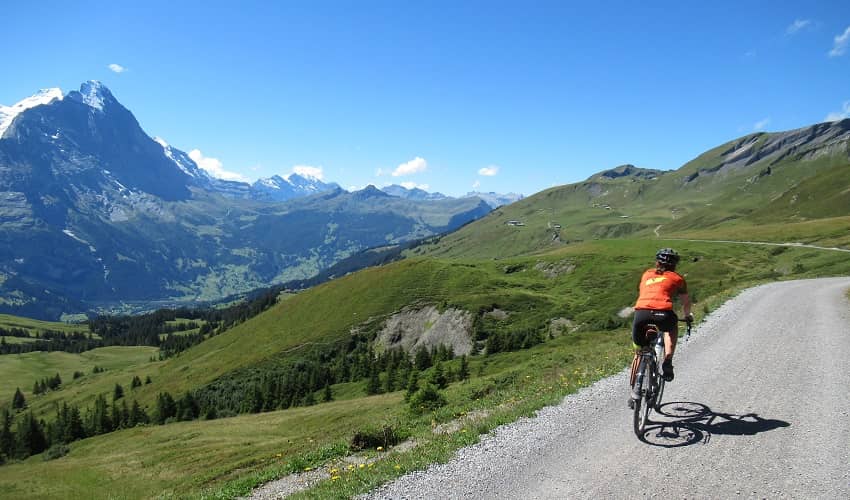
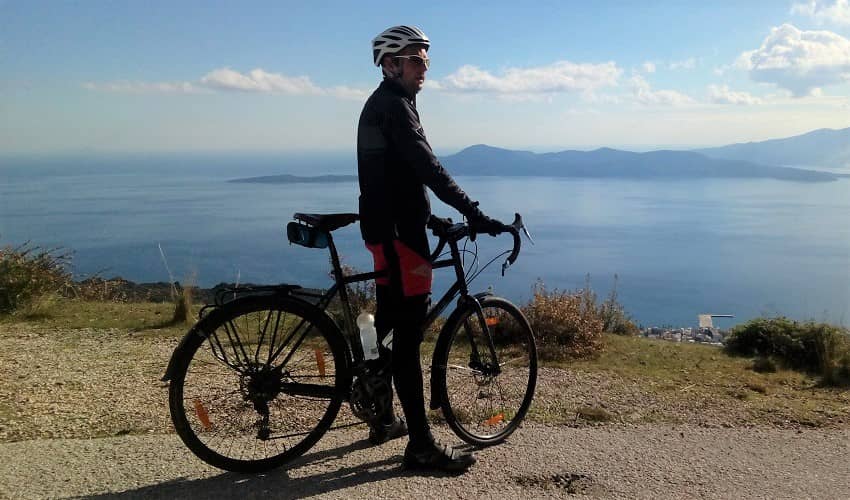
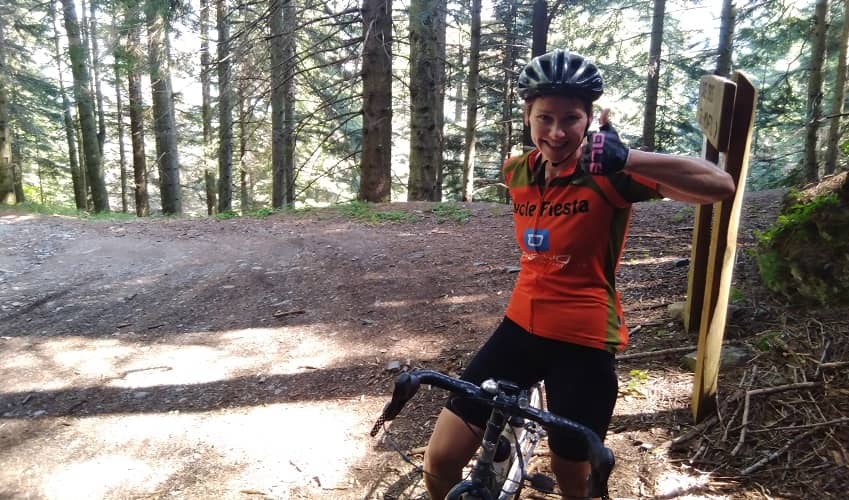
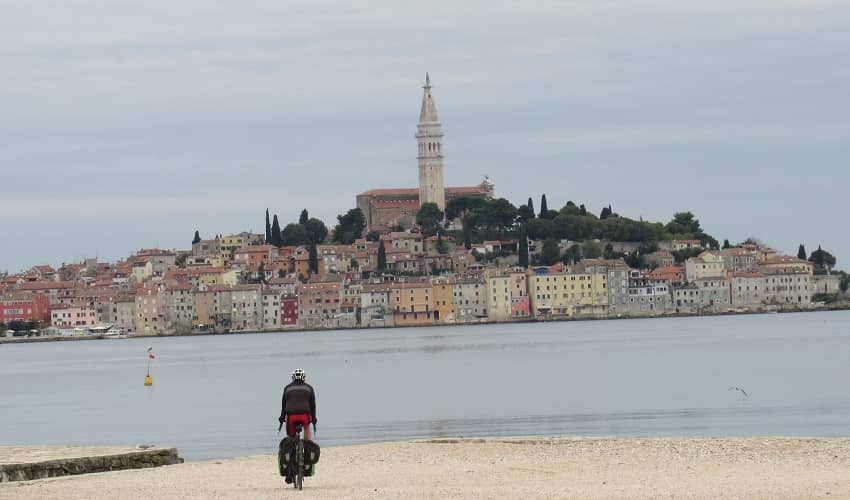
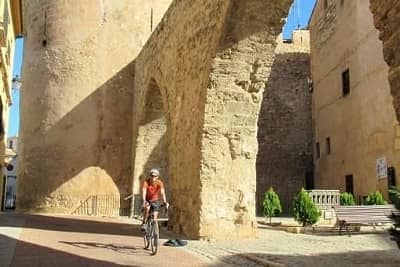
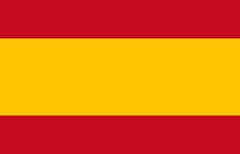 Spain
Spain
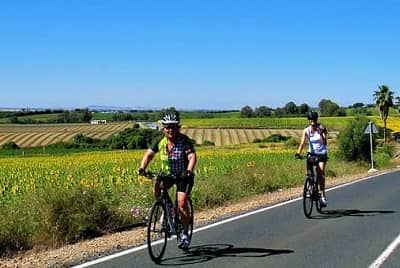

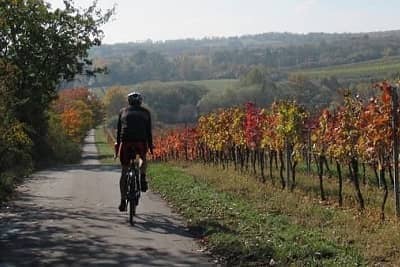
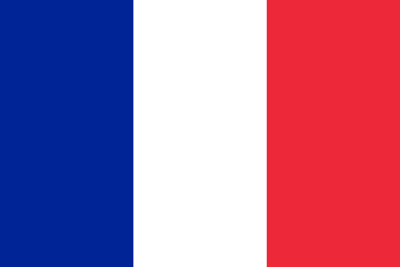 France
France